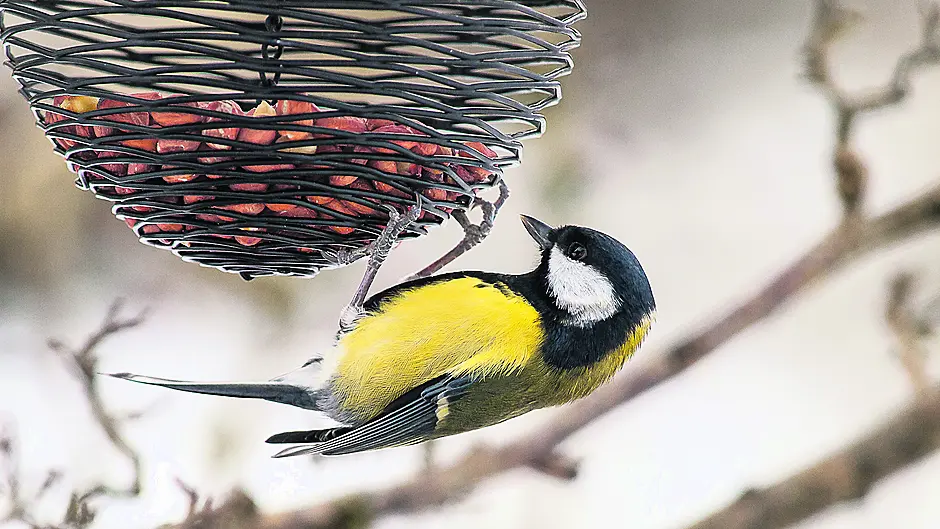Gardening with Joyce Russell
HAPPY New Year! I have every hope that it is going to be a safe and peaceful one. I hope it is going to be a great one for gardens and gardeners too, and let’s hope for a brilliant spring and summer to lift spirits for everyone. But before I totally lose the run of myself on wishes, I should point out that a good garden comes down to good planning, plus a bit of hard work, and that the weather is completely beyond our control.
Take what you can into your own hands – get a notebook and start drawing up plans. Decide what you want to grow and where you want to grow it in your garden. Make a list of what you need – seeds, compost, pots and tools are all good starting points. And look at what you are starting with – do beds need more fertility and should you be buying in some manure or lime?
Whether your garden is large or small, whether you have just started out or have been growing for years, the main thing is to enjoy what you do. A happy year in the garden is certainly possible and something to look forward to.
What to do if the weather is bad
If you are itching to get going in the garden, but the soil is too wet to dig and it’s too cold to prune or plant, then take a look at repair jobs that need doing and aim to get things into good shape for the year ahead. Use a spade, or an edging tool, to tidy up the edges where soil meets grass paths. Repair any wooden sides that have deteriorated on raised beds. Top up chippings on paths if needed and make sure steps are steady and strong. Cut drains, check fences, and make sure gates close well. There are many small tasks you can do as you walk around – clip a wandering bramble, pull out unwanted tree seedlings, and pick up bits of plastic to dispose of sensibly. Each garden is different, but all have something that needs doing. And each task done will put you ahead for the year to come.
Get making
This is a good time of year to make new fixtures for the garden. You can make small raised beds in a shed and assemble them outdoors in their final position when weather permits. Make a dedicated potting bench if you have space for one, or make a hinged version that folds up against a wall or side of a polytunnel or greenhouse when not in use. Home-made wooden seed trays are lovely and you can make cold frames and cloches.
Put some cup hooks in the wall of shed or make wooden dowel pegs – this simplest project will make space for your garden tools so you always know where to find them.
Grow some early peas
January is a good time to start hardy pea varieties in the polytunnel or greenhouse. Sow in tubs and pots if you want to plant these outdoors in a few weeks’ time. You can sow direct in the soil in a polytunnel now if you have a large one. It’s not worth sowing peas into beds in a small structure now – you will need the space for tomatoes etc before the peas finish cropping.
Use deep tubs or pots so roots have plenty of room to grow before filling the pot. Sow more seeds than you need, because some will fail to germinate at this early point of the year. Put the pots in a box or unheated propagator and cover with a layer of fleece or a plastic lid. This extra protection will help the seeds to germinate and grow steadily. Remove covers if young plants start to touch against them.
Plants will be ready to go into their final position when they are around 10-15cm tall. Outdoor rows should be covered with a protective cloche.
Feed the birds
Winter weather can vary a lot from year to year, but we are most likely to get snow and hard frost in January and February. I’m always pleased for a spell of sub-zero temperatures to kill off some pests and disease spores – there are fewer of these problems in the year following a hard winter. Having said that, a hard winter can be tough on the birds. Invest in feeders if you don’t have them already, or make your own if you are inspired. Keep them topped up with peanuts, fatballs and seeds so there’s a good range of feeding for different birds. Don’t stop putting feed out once temperatures lift – there’s little enough to keep the birds going through the winter and early spring months. And in return they will eat some of the pests in your garden.








